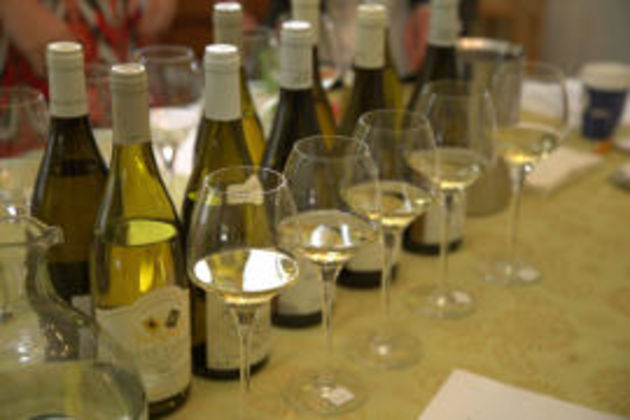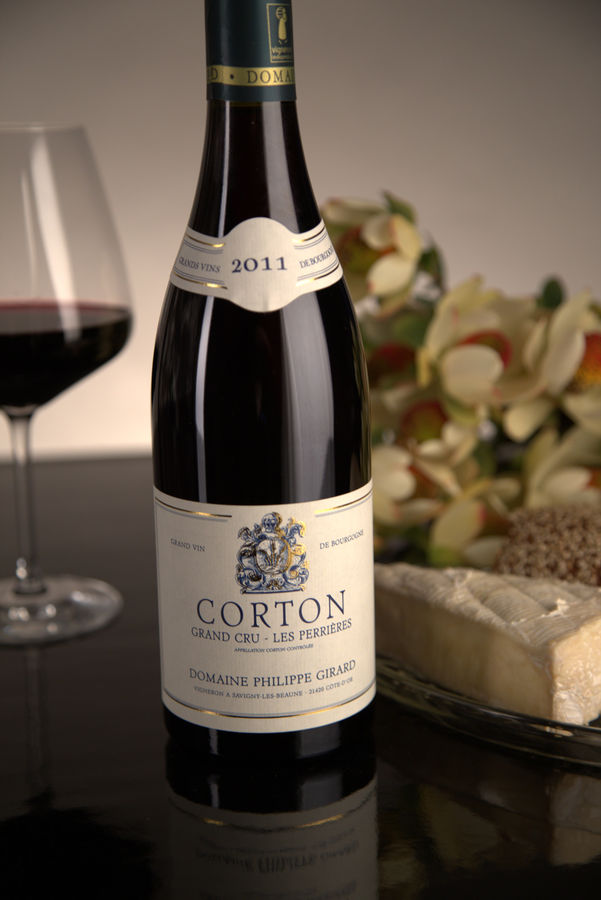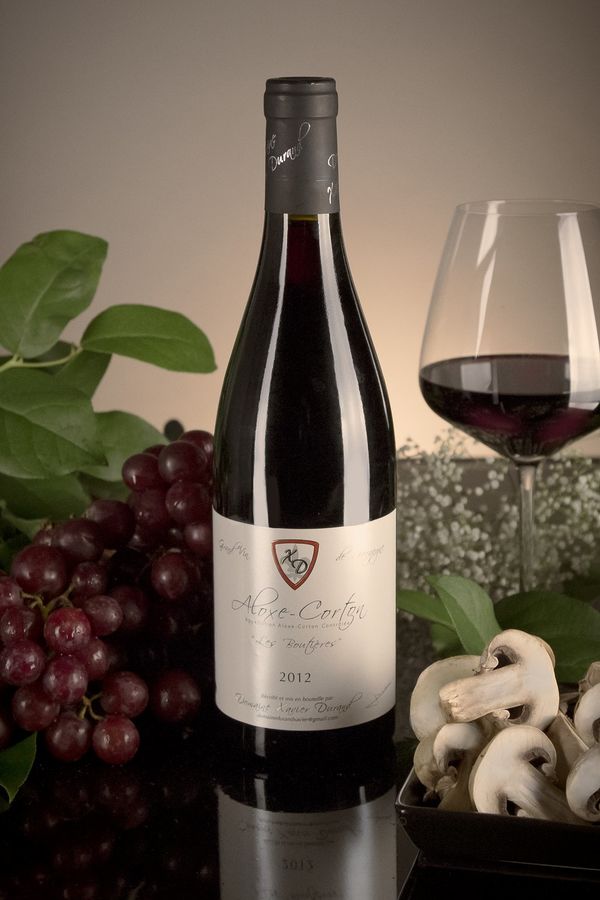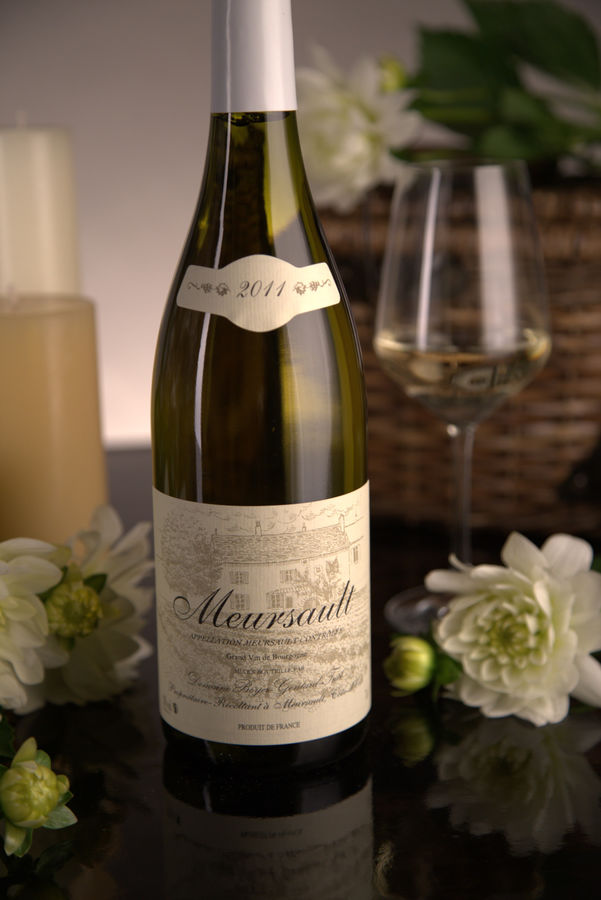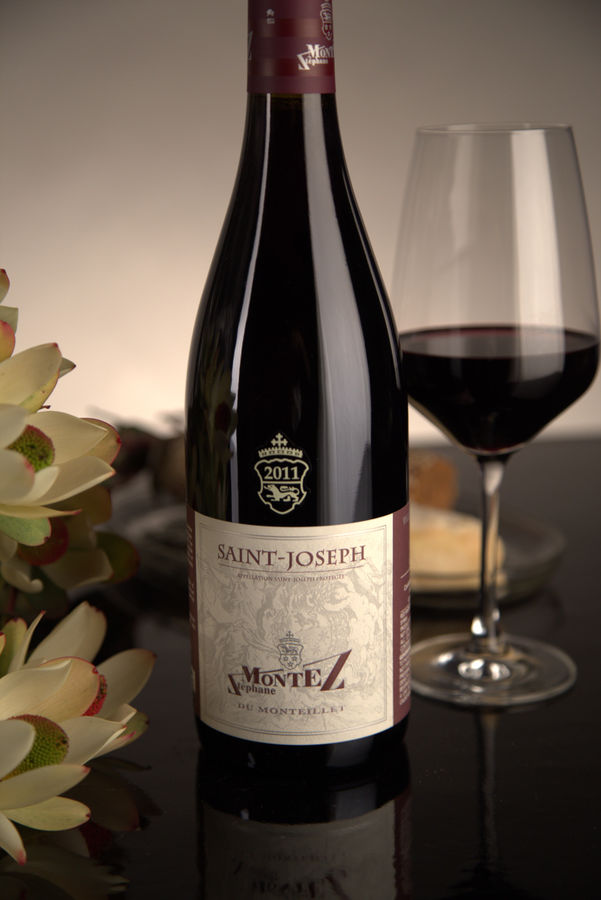Aging your wine — or not
“I’ve just ordered wine. Can I drink it right away?”
Sometimes you can, sometimes you can’t. Some wines are ready to drink, but some will greatly benefit from spending a little time in the cellar — or a long time.
How do you know if your wine is ready to drink?
Here is a little cheat-sheet!
| Region | Appellation | Reds | Whites | |
|---|---|---|---|---|
| BEAUJOLAIS | ||||
| Chénas | 2-4 years | |||
| Juliénas | 2-5 years | |||
| Morgon | 2-5 years | |||
| Moulin-à-Vent | 4-10+ years | |||
| Saint-Amour | 1-3 years | |||
| RHÔNE | ||||
| Condrieu | 2-10 years | |||
| Côte-Rôtie | 8-15 years | |||
| Ermitage | 5-40+ years | 3-25 years | ||
| Saint-Péray | 2-4 years | |||
| Crozes-Hermitage | 2-6 years | |||
| Saint Joseph | 4-5 years | 2 years | ||
| Cornas | 5-10+ years | |||
| BURGUNDY | ||||
| Pernand-Vergelesses | ||||
| Villages | 3-5 years | 3-8 years | ||
| Cru | 5-12 years | 3-8 years | ||
| Savigny-lès-Beaune | ||||
| Villages | 2-5 years | 2-5 years | ||
| Cru | 4-10 years | 4-10 years | ||
| Pommard | 4-15 years | |||
| Meursault | ||||
| Villages | 3-7 years | |||
| Cru | 4-8+ years | |||
| Beaune | ||||
| Villages | 2-6 years | |||
| Cru | 4-10 years | |||
| Corton Premier Cru | 7-15 years | |||
| Corton-Charlemagne Grand Cru | 5-20 years | |||
| Aloxe-Corton | ||||
| Saint Joseph | Villages | 3-10 years | ||
| Cru | 5-10 years | |||
| Marsannay | 2-5 years | |||
| Auxey-Duresses | ||||
| Villages | 3-8 years | |||
| Cru | 5-15 years | |||
| Mâcon | 1-3 years | |||
| Pouilly-Fuissé | 3-10+ years | |||
| Pouilly-Vinzelles | 3-10+ years | |||
| Saint-Véran | 2-4 years | |||
| Nuits-Saint-Georges | ||||
| Villages | 5-8 years | |||
| Cru | 5-12 years |
Champagnes are all ready-to-drink now.
Note: the aging clock starts ticking from the wine’s vintage year — the year the grapes were harvested.
A 2009 wine that requires 5 years of aging is ready to drink in 2014 (now). If it requires 10 years of aging, you should cellar it for another 5 years.
Most wines are released a year or two after the harvest (but see exceptions below). This means that they already have one or two years of aging by the time you purchase them. For early-drinking wines (1-3 years aging window), this basically means “drink upon purchase”.
Vintage Champagnes are aged for many years at the producer’s cellar before release; Beaujolais Nouveaux are released a mere 3 months after harvest. Both are ready to drink upon release.

